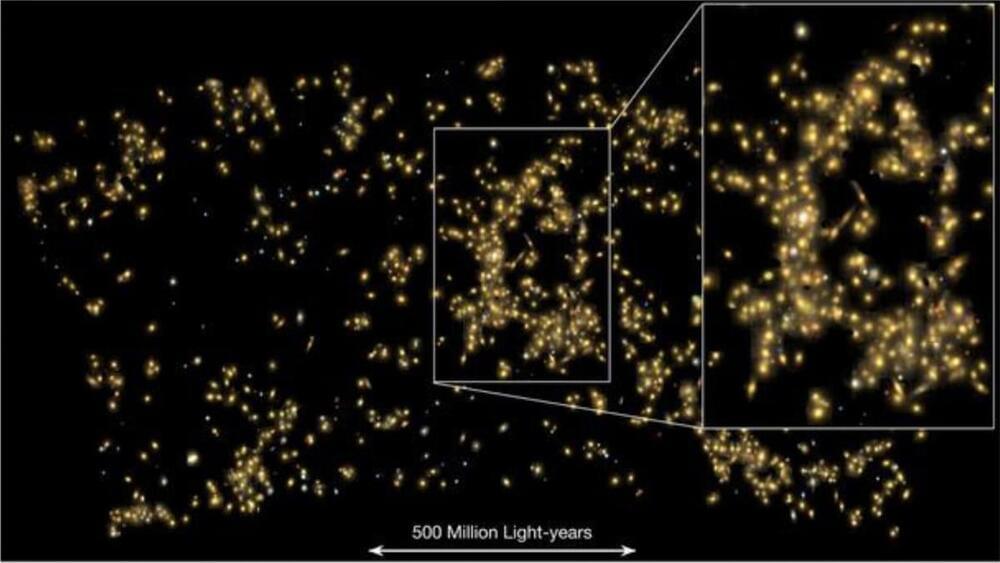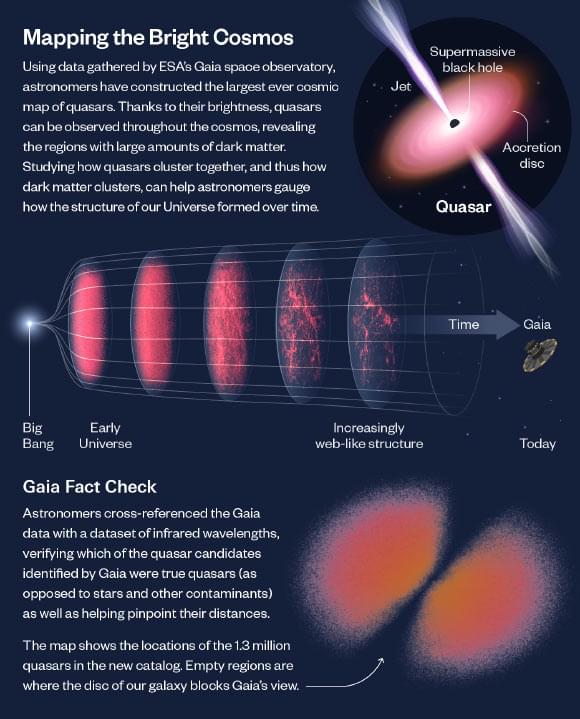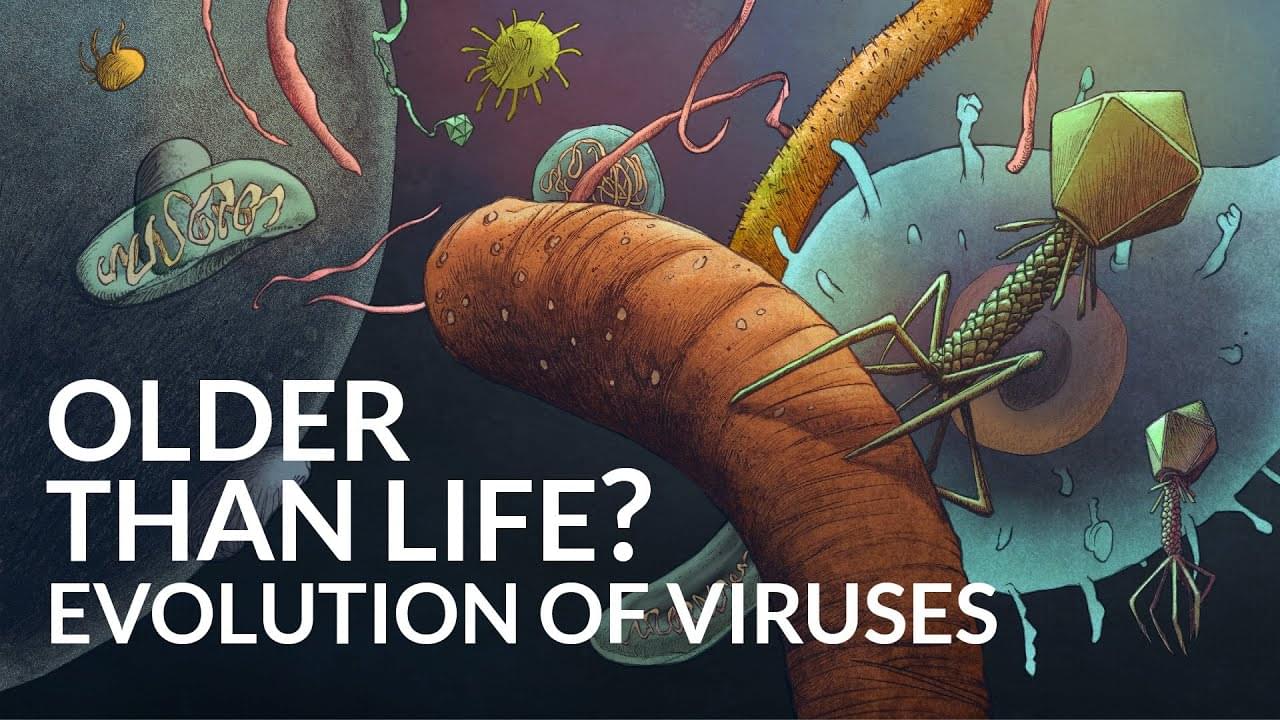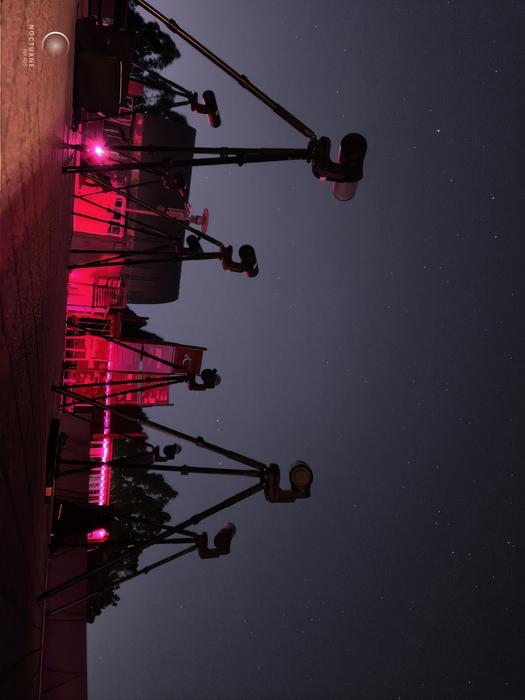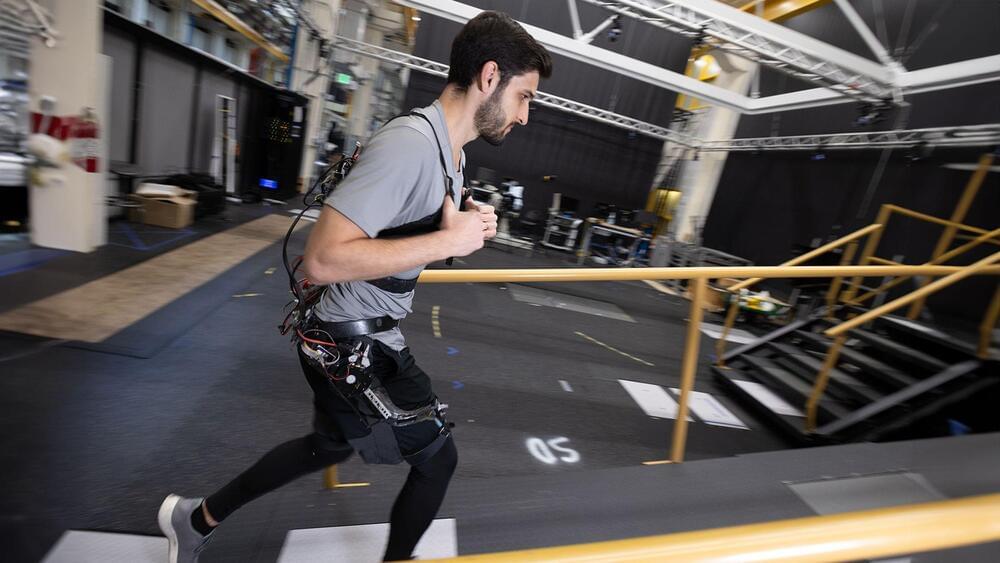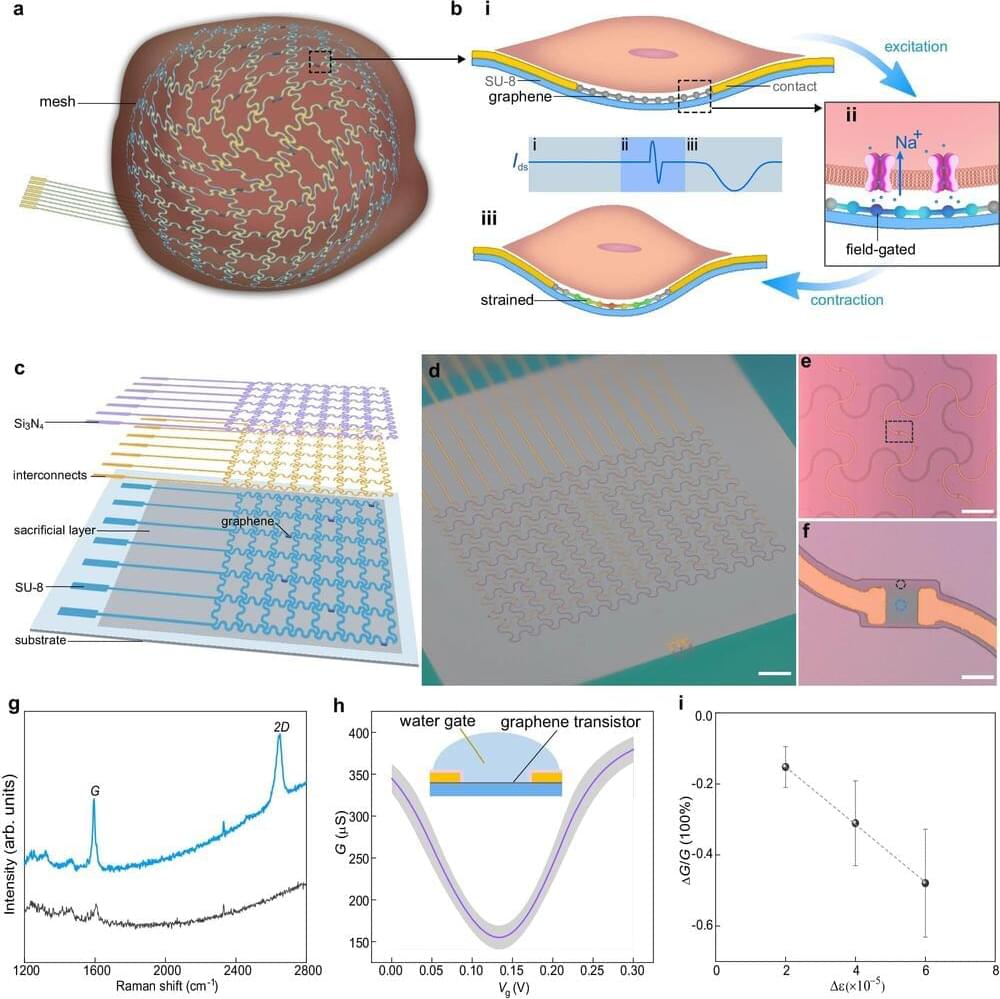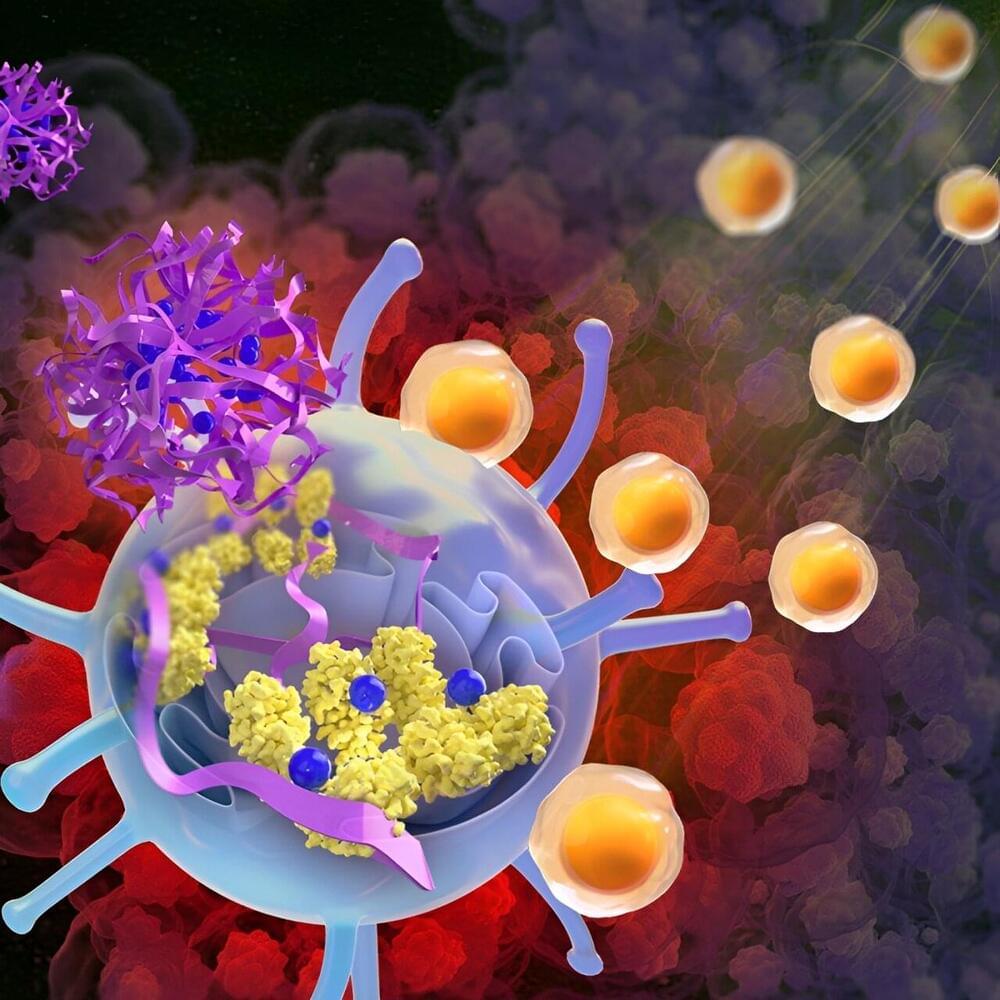The Einasto Supercluster is so vast that it would take a light signal 360 million years to get from one end to the other.
The new map, dubbed Quaia, includes around 1,295,502 quasars from across the visible Universe and could help astronomers better understand the properties of dark matter.
What Was The First Virus?
Posted in biotech/medical
Researched and Written by Leila BattisonNarrated and Edited by David KellyArt by Khail KupskyThumbnail Art and Art by Ettore MazzaIf you like our videos, che…
Serina Jain, who is a student at San Francisco University High School, said in a statement, “This experience further propelled my fascination with the subject of astronomy, specifically in regard to exoplanetary science.”
How can high school contribute to finding exoplanets? The answer is easy and effective, as a recent study published in The Astronomical Journal announced the confirmation of exoplanet TIC 139,270,665 b with the help of an enthusiastic group of high school students who are part of the Unistellar Citizen Science Network, which is a worldwide collaboration of citizen astronomers. This discovery holds the potential to not only improve the hunt for exoplanets, but also improve the chances of citizen scientists using public data to contribute to finding exoplanets, as well.
The confirmation of TIC 139,270,665 b, which is located approximately 483 light-years from Earth, was made through a collaboration between SETI Institute Affiliate, Dr. Dan Peluso, and Chabot Space & Science Center’s Galaxy Explorer program, the latter of which consists of high school students. TIC 139,270,665 b was initially found using NASA’s Transiting Exoplanet Survey Satellite (TESS), where it measured one transit in front of its parent star.
However, the science team wanted to measure a second transit and utilized the Unistellar Citizen Science Network, which is a worldwide collaboration of citizen astronomers, for which the SETI Institute and Galaxy Explorer program are both members. Using Unistellar eVscopes, the Galaxy Explorer program successfully measured a second transit of TIC 139,270,665 b, determining its orbital period is approximately 1,010 days with a minimum mass just under five masses of Jupiter. The study notes how this discovery could open doors for future contributions by citizen scientists regarding exoplanet science.
Microsoft launches AI PCs
Posted in robotics/AI
CNBC’s Steve Kovach joins ‘Halftime Report’ to discuss the latest news on Microsoft’s new AI PC launch.
In a world’s first, surgeons at the Massachusetts General Hospital in Boston have transplanted a kidney from a gene-hacked pig into a living 62-year-old man.
Researchers are hoping the procedure could reduce our reliance on both hard-to-come-by human donor kidneys, and the expensive dialysis machines that treat kidney disease and failure.
Fortunately, the surgeons’ efforts appear to have paid off — at least for now. The pig kidney started producing urine not long after the surgery last weekend, the New York Times reports. The patient’s condition also continues to improve, according to the report.
Machine-learning system trained on millions of human audio clips shows promise for detecting COVID-19 and tuberculosis.
This robot is equipped with AI-backed deep learning algorithms to autonomously manage assisting users with underlying physiological conditions.
The robot illustrated seamless functioning that supports users in walking, standing, and climbing stairs or ramps. Scientists call it, a “unified control framework.”
A team of engineers led by the University of Massachusetts Amherst and including colleagues from the Massachusetts Institute of Technology (MIT) recently announced in Nature Communications that they had successfully built a tissue-like bioelectronic mesh system integrated with an array of atom-thin graphene sensors that can simultaneously measure both the electrical signal and the physical movement of cells in lab-grown human cardiac tissue.
A nanoparticle-based therapy developed by UT Southwestern Medical Center scientists stimulated an immune pathway that eradicated tumors in mouse models of various cancer types. Their findings, published in Science Immunology, offer a new way to potentially harness the power of the body’s immune system against cancer.
